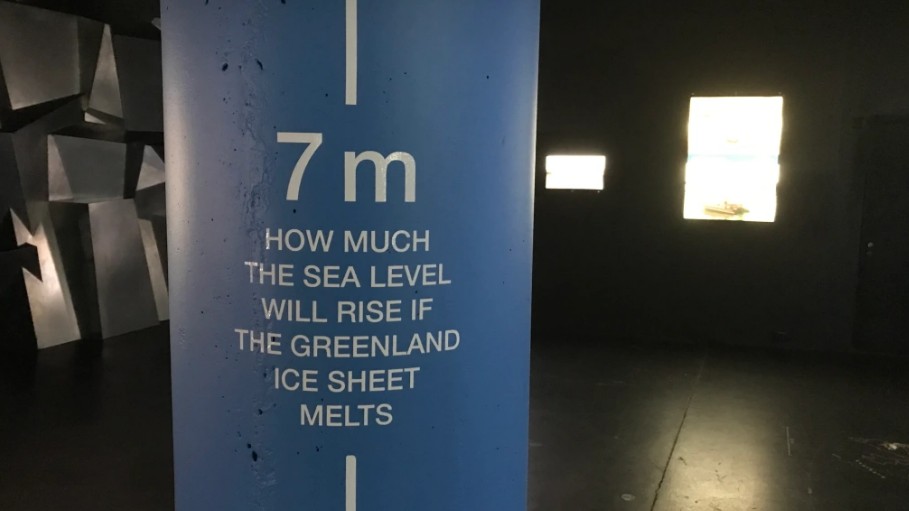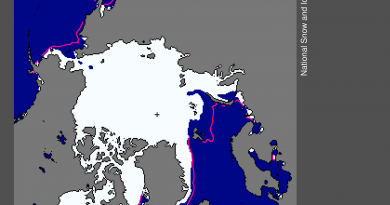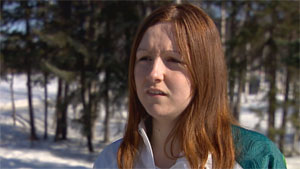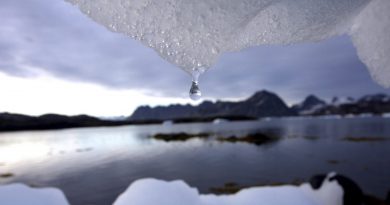Blog: The Arctic in a warming world

The far north has long been considered a barometer for the measurement of global climate change, including via phenomenon such as higher average temperatures, wildfires at ever-higher latitudes, permafrost loss, and reduced ice coverage of the Arctic Ocean, as well as the melting ice sheet in Greenland.
This summer, however, has shaped up to be one of the most graphic illustrations to date about the effects of climate change around the world, starting with heat waves across East Asia (including China), Europe, North America, and South Asia. Record temperatures have placed strains on global energy grids as prices for fossil fuels have rebounded (albeit fitfully) due to post-pandemic demand and the effects of sanctions on Russia as a result of that country’s unlawful invasion of Ukraine.
Conventional wisdom had long maintained that the Arctic was warming at two to three times the international norm, resulting in the effects described above. However, a new open access article in the Nature journal Communications Earth & Environment has concluded that the amplification process in the circumpolar north has resulted in warming rates four times that of the global average since 1979. Moreover, the report suggested that previous examples of climate modelling in the Arctic were not sufficient in describing the overall warming processes.
The study comes on the heels of an article in another Nature publication, Scientific Reports, from this June which described the Barents region in the European Arctic as being especially affected by warming temperatures, potentially up to seven times that of the international average.
Specific examples of this phenomenon in northern Europe include record melt rates in Svalbard, affected by warmer air currents from the south. The island group is said to be experiencing a shift away from Arctic weather patterns and towards those consistent with more southernly parts of the Atlantic Ocean. Norway’s Climate and Environment Minister, Espen Barth Eide, who visited Svalbard earlier this month, called these new figures ‘dramatic’ [in Norwegian], and representing further proof of the accelerating pace of climate change in the far north.
Last month, it was also reported that Greenland experienced a spike in the loss of its own ice coverage, with eighteen tons of water spilling into the Atlantic-Arctic in the space of just three days. The island is finding itself back in the international spotlight as a result of climate change, as the loss of surrounding sea ice would make it easier for extractive industries to operate there.
While the Greenlandic government of Prime Minister Múte Bourup Egede has placed environmental concerns high on the agenda, implementing green-friendly measures over the past year including suspending plans for a uranium and rare earths mine at Kuannersuit, and implementing a moratorium on oil and gas exploration, Greenland nonetheless remains attractive to outside actors for its mineral wealth.

The growing international demand for ‘critical minerals’, such as rare earths as well as cobalt, lithium, and nickel, for green technologies like electric vehicles, has been coupled with concerns about the stability of future supply lines for these minerals. A survey plan, spearheaded by KoBold Metals and the UK’s Bluejay Mining and backed by billionaire CEOs including Amazon’s Jeff Bezos and Microsoft’s Bill Gates, has commenced in Greenland’s Disko Bay region in the hopes of finding rich deposits of these raw materials.
Mining remains a difficult subject in Greenland political circles, as the island continues to contemplate eventual independence from the Kingdom of Denmark, which would require a more diversified economy including potentially in the extractive industries sectors. Yet at the same time the mounting evidence of the effects of global warming in Greenland has raised alarms about the potential damage these industries could cause. Environmental politics are also likely to be on the agenda at the next Arctic Circle Forum meeting, to be held later this month in Greenland’s capital, Nuuk.
International cooperation on climate change, including in the Arctic, remains tenuous. The Arctic Council remains bifurcated with Russia’s ostracism from the organisation, and there is now discussion about about the other members of the organisation, now often called the ‘A-7‘, can continue to cooperate on environmental issues. As of yet, there is no announced plan to address the transfer of the chair position from Russia to Norway which is scheduled for May of next year.
After much delay, the United States belatedly passed sweeping legislation to address environmental concerns as part of the Inflation Reduction Act. Another US bill [pdf], recently organised by Senators Lisa Murkowski (R – Alaska) and Angus King (I – Maine) would specifically focus on American Arctic policies including an assessment of the country’s regional research programmes along with improving US security and shipping activities in the far north and commencing free trade talks with Iceland.
However, despite the US’s attempts to return to global climate change dialogue, the suspension by Beijing this month of bilateral climate talks with Washington over Taiwan policies may create aftershocks in combatting environmental damage on the international level.
The warning lights in the Arctic continue to grow in number as much of the northern hemisphere concludes what has been a summer of weather extremes. Climate change threats continue to be mixed in with politics within the Arctic and well beyond, but the amount of time required to best address said threats is showing every sign of dwindling.
Related stories from around the North:
Canada: Climate change affecting composition of forests in Yukon, Canada, study finds, CBC News
Finland: Arctic warming twice as fast as previously thought, says Finnish study, Yle News
Greenland: Equipment for Arctic ice survey tested this summer in German highlands, Eye on the Arctic
Norway: Heatwave across northern Scandinavia, The Independent Barents Observer
Russia: Record-breaking heat followed by extreme cold on Russian Arctic coast, The Independent Barents Observer
United States: Could melting Arctic sea ice be responsible for U.S. wildfires?, Eye on the Arctic



